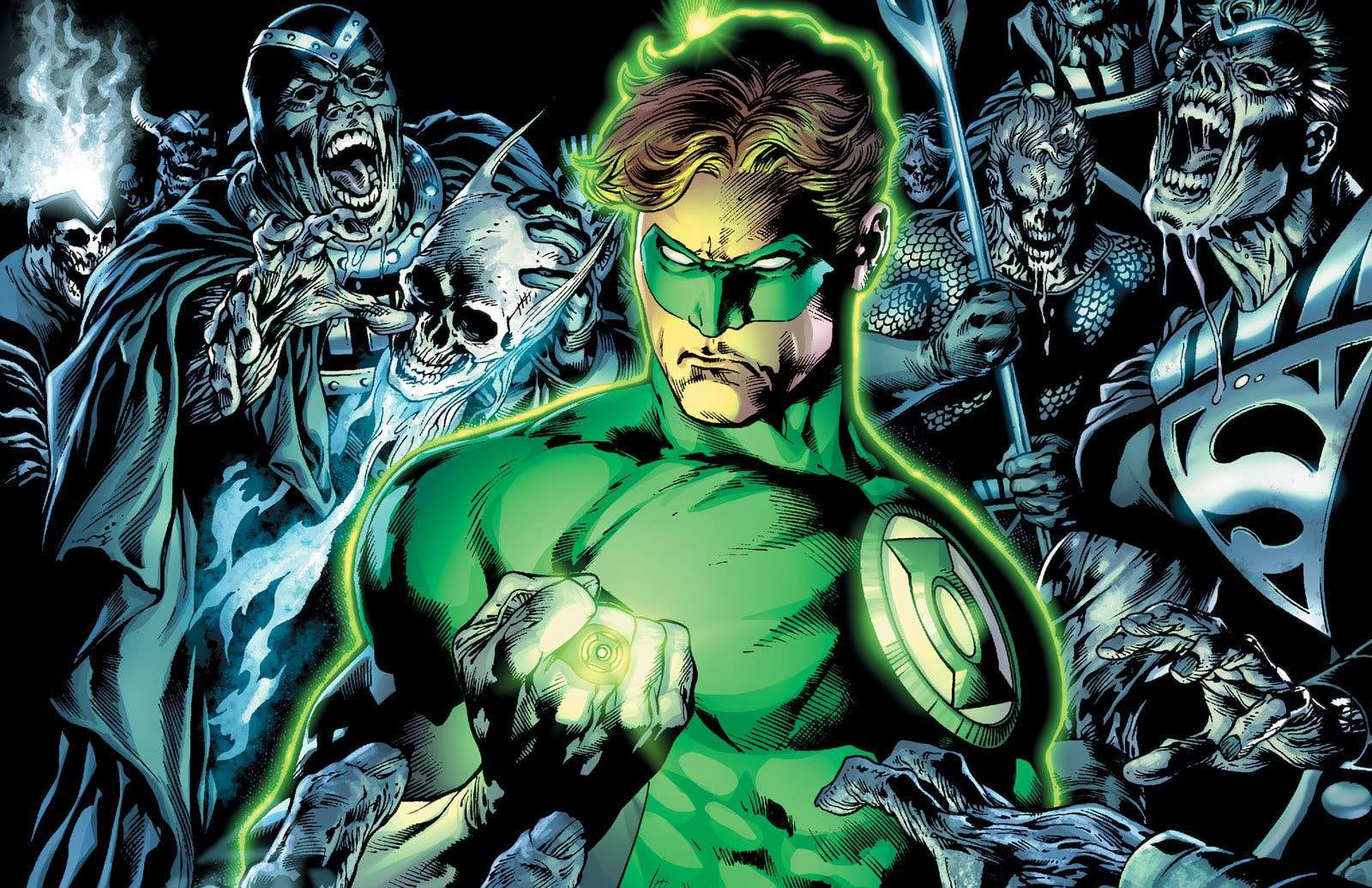The Green Lantern saga, particularly from “Green Lantern: Rebirth” to “Blackest Night,” is widely regarded as one of the greatest story arcs in comic book history. This era not only revitalized the Green Lantern franchise but also transformed the DC Universe, introducing complex themes, rich character development, and a vast cosmic landscape. Let’s explore why this saga holds such a prestigious place in comic book lore.
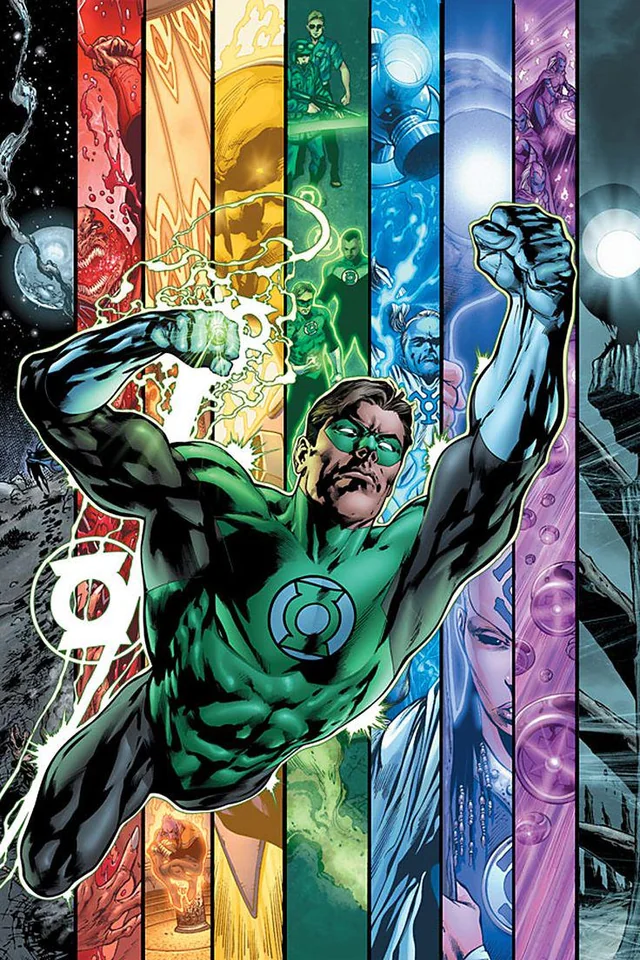
Green Lantern: Rebirth
written by Geoff Johns and illustrated by Ethan Van Sciver, was released in 2004 and serves as the catalyst for the entire saga. This six-issue limited series marked the return of Hal Jordan, a character who had fallen from grace in the 1990s due to the infamous “Emerald Twilight” storyline, which saw him become the villain Parallax.
Story: The story focuses on Hal’s redemption as he confronts his past mistakes and reclaims his mantle as Green Lantern. This journey resonates with readers, offering a powerful narrative about forgiveness and the importance of legacy. Johns effectively reintroduces Hal as a flawed yet relatable hero, setting the stage for the exploration of the Green Lantern Corps’ deeper mythology.
Rebirth re-establishes the Green Lantern Corps as a vital cosmic police force, expanding the lore of the Green Lantern universe. It also introduces a new villain, the fear-based Parallax, as well as the concept of the Emotional Spectrum, which later plays a significant role in the overarching saga.
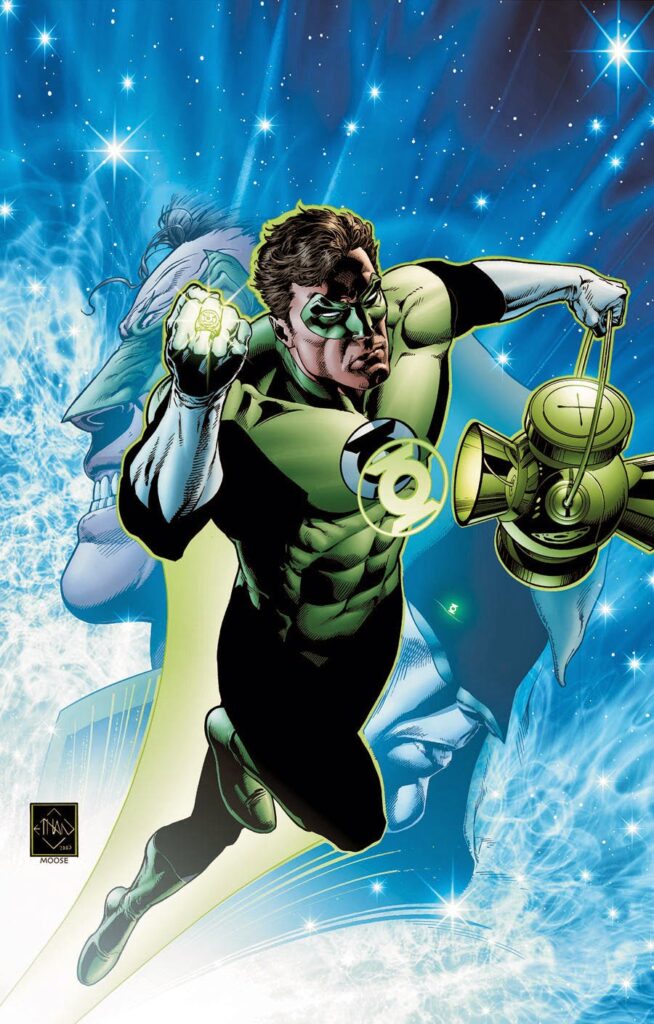
The Sinestro Corps War
Following “Rebirth,” the saga escalates with “The Sinestro Corps War,” which pits the Green Lantern Corps against the Sinestro Corps, led by former Green Lantern Sinestro. This event is crucial for several reasons.
Story: The introduction of the Emotional Spectrum is a groundbreaking aspect of this storyline. The idea that different emotions can create various Lantern Corps (such as the Red Lanterns for rage and the Blue Lanterns for hope) adds layers to the narrative and introduces new characters and dynamics.
The war between the Green Lantern Corps and the Sinestro Corps showcases epic battles, stunning visuals, and high stakes. Readers are drawn into a cosmic conflict that challenges the very essence of what it means to be a hero or villain, examining the dualities of fear and courage.
The conflict brings to light not only Hal Jordan’s growth but also that of other key characters like Sinestro, who emerges as a complex antagonist. The storyline deepens the motivations behind each character’s actions, making them more than mere archetypes. Sinestro’s belief that fear is a tool for order adds a philosophical layer that enriches the saga.
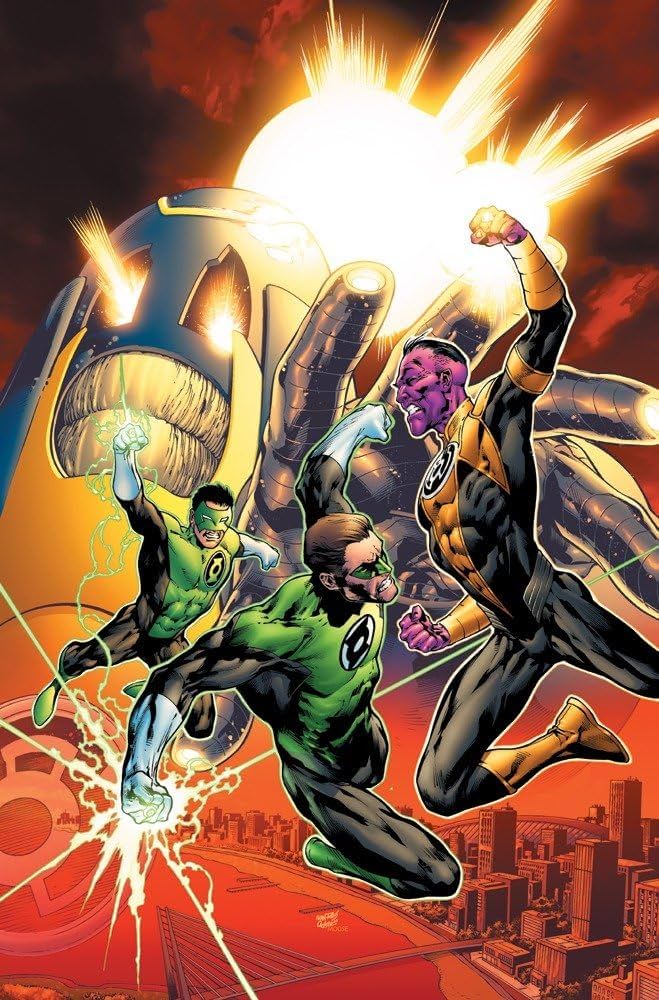
The Rise of the Black Lanterns: Blackest Night
The culmination of the saga comes with “Blackest Night,” which sees the introduction of the Black Lantern Corps and the return of deceased heroes and villains. Written by Geoff Johns and illustrated by Ivan Reis, this event has significant implications for the entire DC Universe.
Story: “Blackest Night” dives into themes of life, death, and the nature of existence. The Black Lanterns, embodiments of death, challenge the living heroes, raising questions about mortality and what it means to truly live. The storyline’s exploration of resurrection and its consequences is a gripping narrative thread that resonates deeply.
The saga also emphasizes the necessity of unity among the various Lantern Corps. Characters who once fought against each other must now band together to confront a common enemy. This collaboration among different corps—Green, Red, Blue, and others—serves as a powerful metaphor for cooperation and understanding across differences.
The emotional stakes are incredibly high as beloved characters like Aquaman, Green Arrow, and others are resurrected as Black Lanterns. This raises the tension and urgency, compelling readers to invest emotionally in the outcome. The storytelling is both thrilling and poignant, making it one of the most impactful events in comic history.
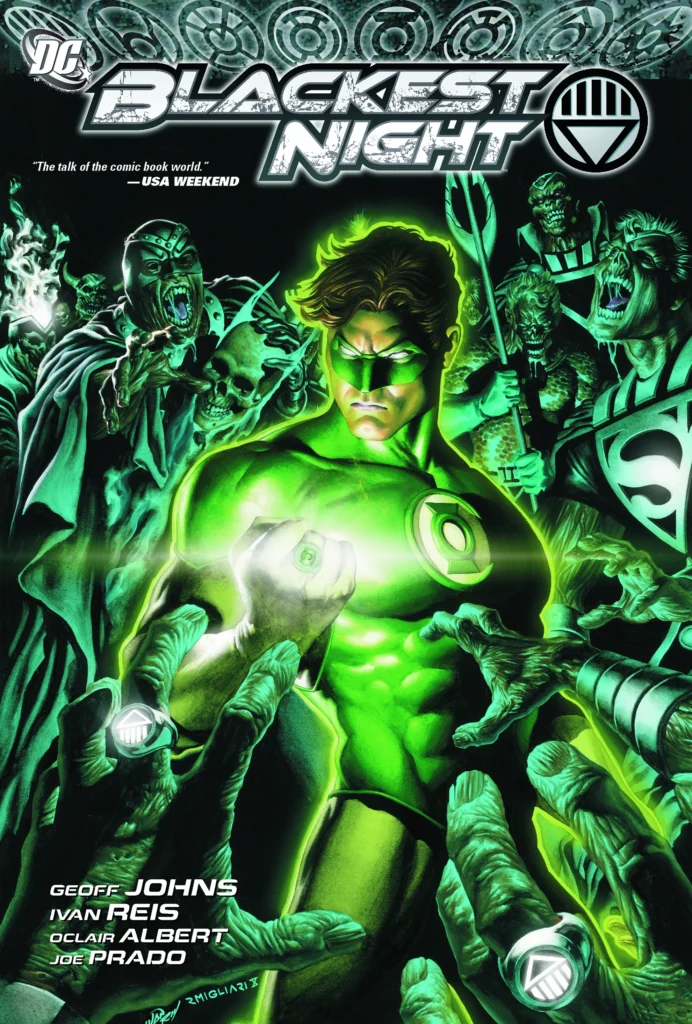
Throughout this saga, the artwork has played a crucial role in conveying the story’s emotional depth and cosmic scale. Artists like Ethan Van Sciver, Ivan Reis, and others have brought the intricate designs of the Lantern Corps to life with vivid colors and dynamic action sequences. The visual storytelling enhances the narrative, making the battles and emotional moments resonate even more.
Its successful reimagining of the Green Lantern mythos revitalized interest in the character and expanded the franchise significantly. The introduction of the Emotional Spectrum opened the door for further exploration of character motivations and emotional struggles in subsequent storylines.
The themes and concepts introduced during this period have influenced not only Green Lantern stories but also broader DC Universe narratives. The idea of multiple Lantern Corps and the Emotional Spectrum has become a cornerstone of the DC mythos, inspiring new story arcs and character developments across various titles.
The Green Lantern saga continues to be celebrated by fans, often cited in discussions about the best comic book storylines. Its blend of action, emotional depth, and philosophical exploration makes it a standout narrative that resonates with both longtime fans and newcomers to the genre.

The Green Lantern saga from “Green Lantern: Rebirth” to “Blackest Night” represents a significant chapter in comic book history, characterized by its rich storytelling, complex characters, and groundbreaking themes. Geoff Johns’ visionary writing and the incredible artwork of numerous talented artists brought this saga to life, making it one of the greatest and most beloved in the comic medium.
Through its exploration of redemption, fear, love, and the nature of life and death, this saga has left a lasting legacy that continues to influence and inspire. As fans eagerly await future Green Lantern stories, the impact of this era remains palpable, solidifying its place in the pantheon of comic book greatness.

